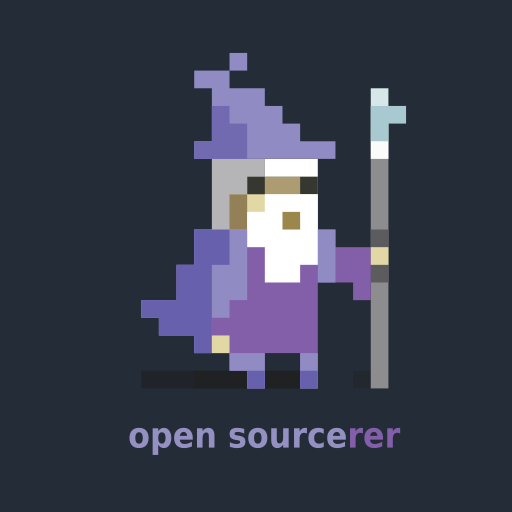Logseq DB Unofficial FAQ
https://discuss.logseq.com/t/logseq-db-unofficial-faq/32508
WARNING: Logseq DB is still in alpha. Use only at own risk of losing data. This post is for people who have questions about the new database (DB) version of Logseq. For the official announcement about the database version, see this post from April…
TIL: https://discuss.logseq.com/t/why-the-database-version-and-how-its-going/26744
I understand why the switch, but Logseq using MD was an important factor for me
You still can. But I see how trying to shoehorn collaboration into a purely text-file-based platform would be a huge PITA.
Horses for courses.Yeah, but the source of truth will be the sqllite db. So it will have to be synced over syncthing, rclone… Lot of, for my use case, unnecessary copying of binary blob
I totally see how pure files can be a PITA for collaboration management but I don’t collaborate, I just want to have the same thing across different places
Not necessarily and also not how I understood the post. It’s certainly an option and an ergonomic one at that. So it’s not unthinkable they go that route.
But you could also offer a choice of backend when creating a new graph. Text-based allows you to sync you files between devices, e.g. via source control, and offer asynchronous collaboration this way, while the DB-based approach forfeits source control and opts to keep its data consistent through simultaneous edits from multiple clients itself.
But managing that consistency takes quite considerable effort, as we’re witnessing, for no clear advantage, just a tradeoff. And I at least think it would be a shame to let the work already gone into the development of the text backend go to waste. I think the devs might share that opinion.From the link in the OP
Both the original Markdown (MD) based version of logseq and the DB version use an internal database when you are using the app. The difference is that, in the MD version, the files are always canonical. In the DB version, while you will can export to markdown files, the database version is always canonical.
But maybe that’s temporary, in the older link from my comment nothing suggests this is the design goal



